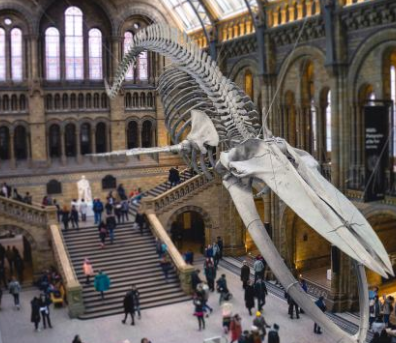In 2018 Fast Company declared the Data Scientist the best job for the third year in a row, which I wholeheartedly agree with (besides the Director of Fun at the York National Railway Museum), however the role of data scientist, as we know it, will soon have the same fate as the bowling pinsetters, chariot racers, and human alarm clocks.
In 2000-2010 data science was dominated by masters of herculean subjects, with PhDs in linear algebra and statistics, combined with expertise in the uncelebrated (at the time) field of coding. Data science truly had an emphasis on the science of manipulating data, focusing on how to mathematically validate significance and trends. This was a great first step in helping society gain insights from the massive influx of big data, however it now has its drawbacks.
Tipping the balance too far towards degrees of freedom and vectors is great in the ivory towers of academics, but when it comes to practical and timely results for businesses, is not ideal. I recently heard a story about a team of PhD data scientists at a Fortune 500 company having trouble improving their built from scratch multi-layered neural network model’s accuracy. They spent hours meticulously tuning cryptic hyper-parameters and adding layers to their model with no success. The data then ended up falling into the hands of an employee fresh out of his undergraduate degree.
Read full article here.
Related articles:
- Is it still possible today to become a self-taught data scientist?
- Will the job outlook for data scientists severely decline after 2020?
- Why Logistic Regression should be the last thing you learn when becoming a Data Scientist
- What do mathematicians mean by good math and bad math?
- Two Questions to Ask to a PhD Candidate for a Leadership Role
- 5 Myths About PhD Data Scientists
- First Doctorship in Data Science
- The First Things you Should Learn as a Data Scientist – Now what you think
- Data Science is Changing and Data Scientists will Need to Change – How and why?

